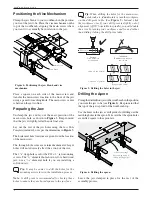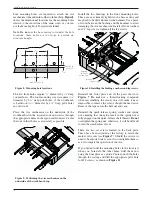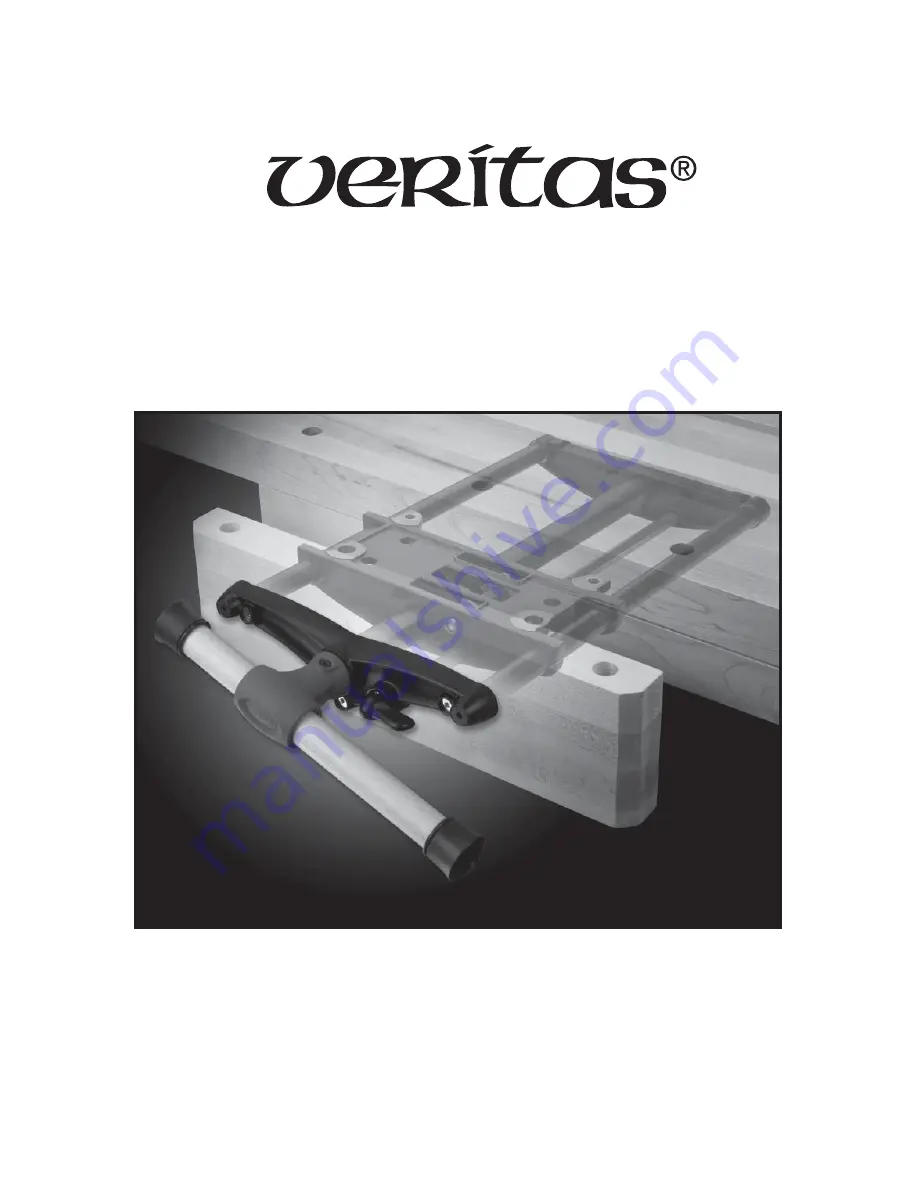Reviews:
No comments
Related manuals for 05G34.01

PDM
Brand: Panduit Pages: 44

Ultra-Lok UL4000
Brand: Band-it Pages: 14

MR-1
Brand: TE Connectivity Pages: 6

CERTI-CRIMP II
Brand: TE Connectivity Pages: 9

69339
Brand: TE Connectivity Pages: 6

MAG-8200 Series
Brand: Magna-Matic Pages: 38

JDP-20VS-3
Brand: Jet Pages: 32

Optima 702
Brand: RASOR Pages: 15

AD 8211
Brand: jbc Pages: 16

32498
Brand: Eastwood Pages: 20

PFBS 12 B4
Brand: Parkside Pages: 50

Earlex WS125
Brand: WAGNER Pages: 56

028673
Brand: BorMann Pages: 9

WORKTOP TRUE CUT
Brand: TREND Pages: 11

D00803
Brand: Duratool Pages: 2

YT-09501
Brand: YATO Pages: 64

AP1840 Series
Brand: Wacker Neuson Pages: 46

1146050ROP
Brand: Omer Pages: 20









